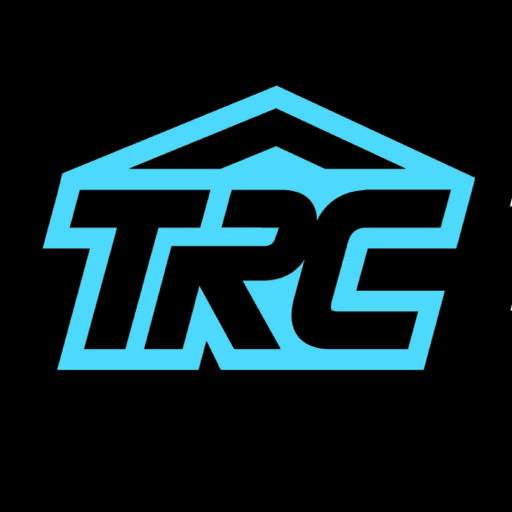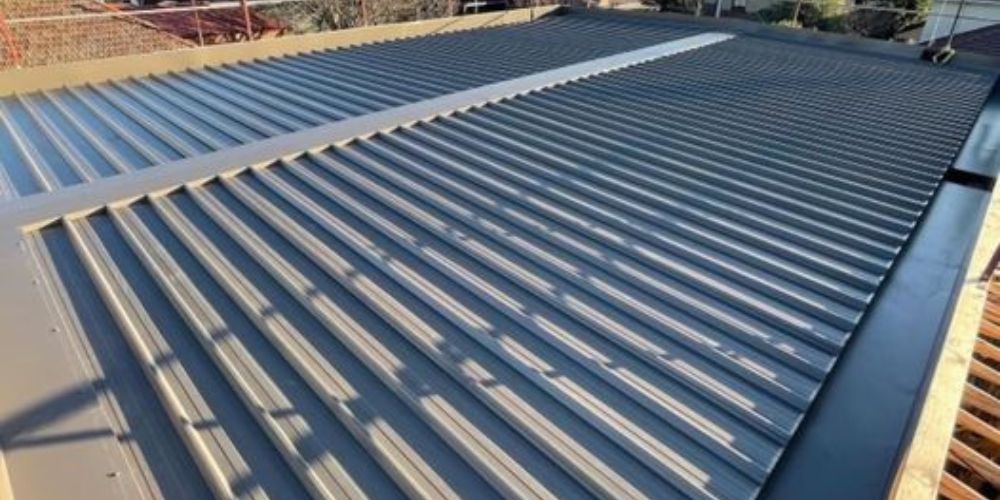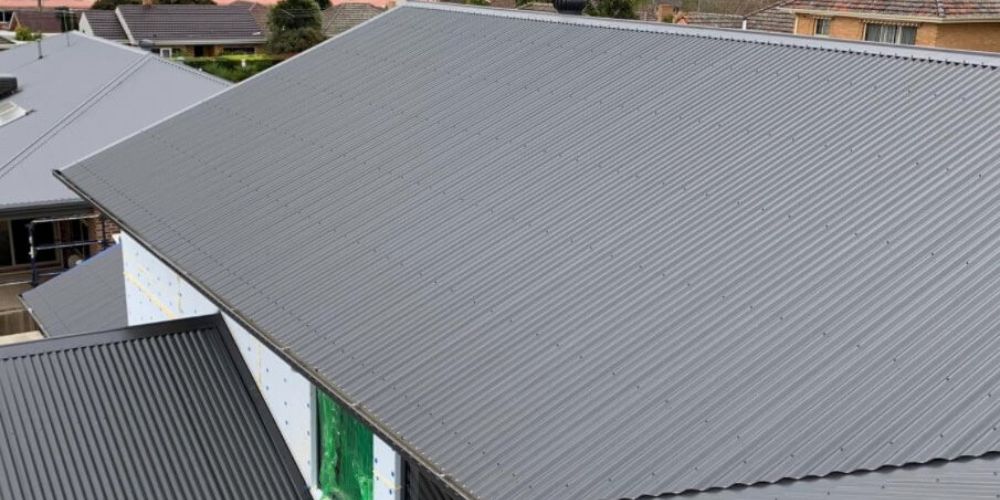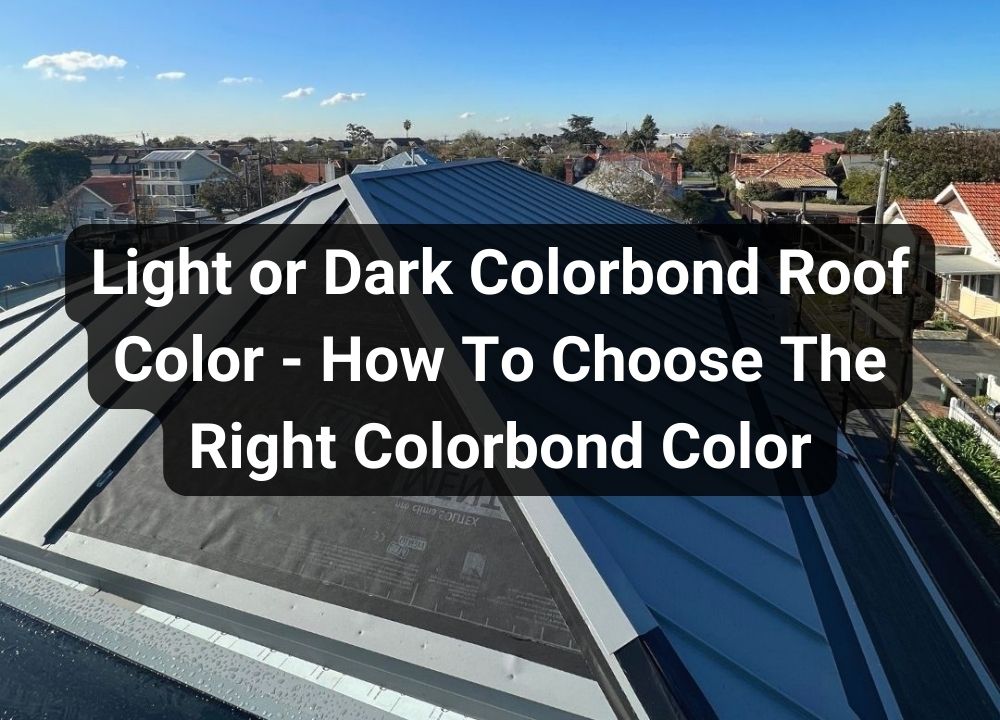Light or Dark Colorbond Roof Color - How To Choose The Right One for Your Home
Because of its durability, endurance, and aesthetic appeal, Colorbond roofing is a popular choice for Australian homes. It is composed of high-quality steel baked with a coating of colour to provide long-lasting protection against the weather.
However, choosing the proper colour for your Colorbond roofing is just as crucial as picking the suitable material. The colour of your roof may impact your property’s energy efficiency, temperature management, and overall curb appeal.
This blog post will compare light and dark Colorbond roofing colours and analyse their benefits and drawbacks.

Lance Mathews
In This Article

Dark vs Light Colorbond Colour - Ultimate Comparison
According to science, bright colours reflect heat better than dark colours. We know many Melbourne residents believe the same. However, clients frequently ask us if having a dark-coloured roof, such as dark red, brick colour, or dark green, will make their homes hotter in the summer.
Let’s discuss this further.
Dark Color Roofs Pros and Cons
Colour variation and aesthetic appeal
Dark Colorbond roofing colours may offer your property a more refined and contemporary appearance. They also have a broader colour palette, ranging from deep blues and greens to charcoal and black. On the other hand, darker roof colours make your house look smaller and may be less ideal for homes with lighter exteriors.
Heat absorption and energy efficiency
Darker Colorbond roofing colours absorb more heat than lighter hues, which can be beneficial in colder areas. They can aid in the retention of heat within and the reduction of winter energy expenditures. On the other hand, dark hues make your house seem hotter and increase the demand for air conditioning in hotter areas.
Maintenance and durability
Dark Colorbond roofing colours are equally as long-lasting and low-maintenance as lighter colours. They are corrosion, fading, and cracking-resistant, requiring little care to keep them looking fantastic. They may, however, exhibit scratches or dents more efficiently, which may be more visible in deeper colours.
Temperature control and weather protection
Dark Colorbond roofing colours absorb heat better, which might be advantageous in colder areas. They’re also resistant to weather-related damage like hail and severe rain. In warmer areas, however, they may make your home seem hotter and are less successful at keeping it cool.
Light Color Roof Pros and Cons
Aesthetic appeal as well as curb appeal
Light Colorbond roofing colours are distinguished by their bright, lively look, which may make your property stand out in the neighbourhood. They can also improve the look of smaller homes or those with darker exteriors. Light hues reveal dirt and grime more quickly than darker colours, necessitating more regular cleaning.
Energy efficiency and reflectivity
Light Colorbond roofing colours provide a high amount of reflection, which may help keep your home cool in the summer. They can also help you save money on electricity by reducing the demand for air conditioning. However, in colder areas, the reflective capabilities of bright colours can work against you by reflecting heat away from your home, making it more challenging to maintain a pleasant temperature inside.
Maintenance and durability
Light Colorbond roofing colours are as long-lasting and low-maintenance as darker Colorbond roofing colours. They are corrosion, fading, and cracking-resistant, requiring little care to keep them looking fantastic. However, as previously said, they reveal dirt and filth more easily, necessitating regular cleaning.
Temperature control and weather protection
Light Colorbond roofing colours reflect heat better and keep your home cooler, making them an excellent choice for homes in hotter regions. They’re also resistant to weather-related damage like hail and severe rain. However, they may be less effective in retaining heat during the colder months, resulting in more significant winter energy expenditures.

Factors To Consider When Choosing Roof Colors
Climate and location
The location and climate of your property are two of the most significant variables to consider when deciding between light and dark Colorbond roofing colours. If you reside in a hotter region, a light Colorbond roofing colour may be a better choice to keep your home cool. If you live in a colder region, however, a dark Colorbond roofing colour may be more appropriate since it may assist in retaining heat and keep your home warm.
Size of the House
The height of the house can significantly impact the roof’s overall look. Darker colours capture the eye more than lighter ones. As a result, particularly dark shingles on a single-story house, such as a bungalow, might make the roof stand out uncomfortably.
Roofing materials should be coordinated with exterior paint colours
Any professional roofing contractor will tell you that if you want to modify the external colour scheme of your home, you must compare it to the shingle or roofing colours you select. This ensures consistency from one area of your home to the next.
The direction of the home and its surroundings
The direction of your property and the surrounding landscape also influence your Colorbond roofing colour selection. A light Colorbond roofing colour can help to reflect heat and keep your home cool if your home receives a lot of direct sunshine. A dark Colorbond roofing colour may suit the natural surroundings if your property is surrounded by foliage or natural components.
Architecture and home design
The design and architecture of your property also influence your Colorbond roofing colour selection. Darker colours may better fit modern or contemporary homes, while lighter colours may better suit traditional or classic homes. When deciding, keep your home’s overall design and architecture in mind.
Personal preferences and fashion sense
Finally, personal tastes and style should be taken into account. You may like the appearance of a specific Colorbond roofing colour or have a colour scheme in mind. It is critical to select a Colorbond roofing colour that you like and that suits your style and tastes.
Frequently Asked Questions
Most contractors believe that the colours of the roofing and siding should contrast. Light-coloured siding complements a dark-coloured roof the best—and vice versa. A darker roof with lighter cladding is typical and visually appealing. However, the opposite may also be stunning.
White or light-coloured roofs reflect heat rays from the sun, keeping the attic and rooms below it cool during hot weather. Consequently, the building’s cooling load lessens, allowing homeowners and business owners to be comfortable while saving money on their energy costs.
White roof coverings are the most reflective, reflecting up to 90% of the sun’s UV energy. This keeps your home cooler when it’s hot outside and can save you money on energy expenditures.
While there are hundreds of alternatives for roof and gutter colour combinations, it’s often advised that the gutter colour match the trim on a property (the casing for windows and doors) or that you choose the same hue for your roof and gutter.
Key Takeaways
The colour of your Colorbond roofing may significantly influence the look and functioning of your house. Light and dark colours have advantages and downsides that should be considered before making a choice.
Choosing the proper Colorbond roofing colour is an extensive choice that has to be done carefully. Understanding the benefits and drawbacks of various hues and your personal needs and tastes allows you to make an informed selection that improves your house’s overall beauty and usefulness.

